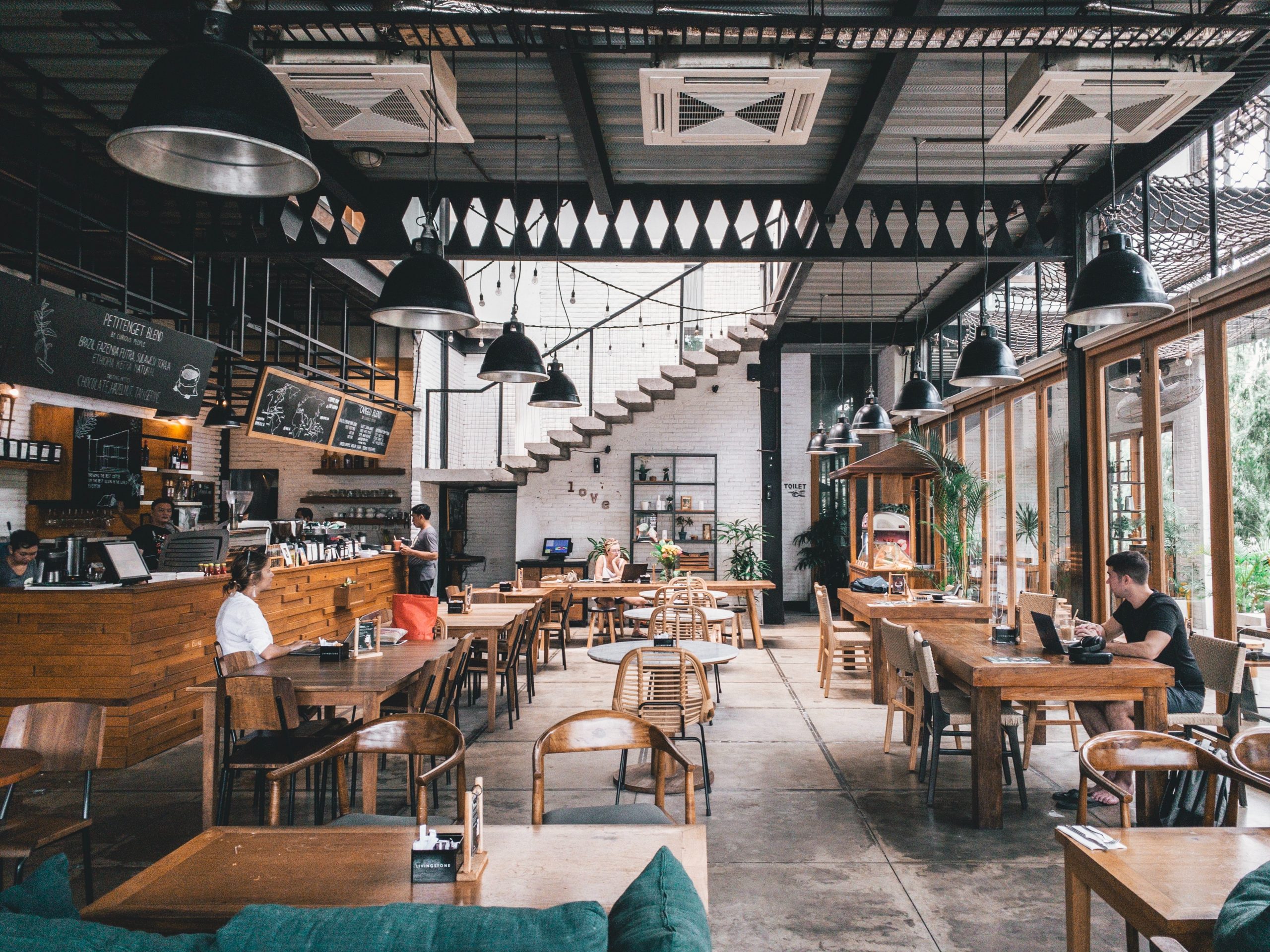Water management is one of the most pressing challenges in urban areas today. As cities continue to expand, demand for

To prevail in the present super cutthroat speedy serve eatery scene, it’s fundamentally significant that brands give an enticing climate to their clients. That begs the question, what are the crucial HVAC design requirements for restaurants?
The essential spotlight is obviously on the food, yet clients likewise expect an uncommon encounter from the second they stroll in the entryway.
Eatery planners have reacted with refreshed lighting and quality completions in the lounge area, however, research has shown that actual solace is a critical part too.
Truth be told, a 2014 Harvard Business Review article put forth the defense that clients will pay more when they’re agreeable.
Solace is additionally fundamentally significant for the group in the kitchen. It’s not shocking that reviews have shown that a 10-degree ascend in room temperature can drive efficiency down 30%.
Fortunately planning an HVAC framework that gives an agreeable space is extremely clear and should be possible without burning through every last dollar.
Stage 1 – Understanding the interior burdens
To give an agreeable climate to clients and colleagues, numerous originators focus on a temperature of 75oF (24oC) and 55% relative dampness.
To accomplish this objective, you need to comprehend the inside heat loads in the eatery – got from the gear, lighting, individuals, and the envelope. Once these are known, the originator would then be able to work out the limit of the HVAC (Heating, Ventilation, and Air Conditioning) gear required thus getting added to the HVAC design requirements for restaurants’.
It’s fascinating to note that in most restaurants the essential burden in the lounge area is from the inhabitants and in the kitchen from all the gear. Having this arrangement sets up the standard for your HVAC and a beginning stage for your plan.
Stage 2 – Optimize Outdoor Air
New outside air is essentially critical to a protected and sound HVAC plan and is a vital part of CDC and ASHRAE direction for COVID relief. All retail foundations need outside air to meet ASHRAE ventilation prerequisites. What makes eateries remarkable is that they additionally need open air to adjust the air depleted from cooking. In a common Restaurant, the measure of open-air expected to adjust the cooking exhaust far surpasses the ASHRAE necessities and may surpass the COVID moderation suggestions as well.
This is something worth being thankful for according to a well-being point of view however can think twice about and bring about a huge energy punishment. The objective, along these lines, is to give the appropriate measure of outside air yet not to get carried away.
It’s likewise significant that your hood provider estimates the exhaust stream dependent on the hotness heap of your cooking machines instead of essentially utilizing a guideline, for example, if/ft. Complex displaying programming is accessible to appropriately estimate and limit exhaust prerequisites that get added to the HVAC design requirements for restaurants.
Stage 3 – Utilize RTU’s For Outdoor Air
When the outside air volume has been enhanced, the following stage is to decide the most productive way of bringing it into the café.
For restaurants, the ideal arrangement is to initially bring however much outside air as could be expected through the current RTU’s (Roof Top Unit) since they’re as of now there and accessible.
Most RTU producers suggest a limit of 25% open air as a level of supply air. The outside air presented in the lounge area can be moved to the kitchen and depleted out the hood. This uses the limit of the RTU as well as gives agreeable air to your clients and group.
Sometimes, the RTU’s can give all the open-air required. At the point when that is not the situation, the rest of the open-air expected to adjust the café can be given through a little cosmetics air unit that conditions the open air to space-impartial conditions.
When every one of the hotspots for outside air has been planned, keep airspeed close to the hood at the very least. High-speed air from diffusers or a cosmetics air plenum can make a vacuum that pulls the hotness crest and oil out of the hood. Accordingly, control the wind stream and drafts around the cooking region.
Stage 4 – Properly Balance the Restaurant
A restaurant ought to be planned so the aggregate sum of open-air surpasses the aggregate sum of exhaust air by around 5%. These aides hold open-air pollutants back from being maneuvered into the café.
Also, to hold the smells and other kitchen impurities back from influencing the lounge area, the kitchen ought to be intended to be contrarily compressed comparative with the lounge area. The outside air given into the lounge area will then, at that point, be moved into the kitchen.
Central air frameworks or air controllers are not frequently at the first spot on the list in aiding fabricating a restaurant’s image picture.
Be that as it may, giving a happy with, welcoming climate can be an apparatus for separating your image for the present clients and colleagues. Following these four stages can give this enticing environment a value that you can manage by adhering to the HVAC design requirements for restaurants.
About Author
InnoDez